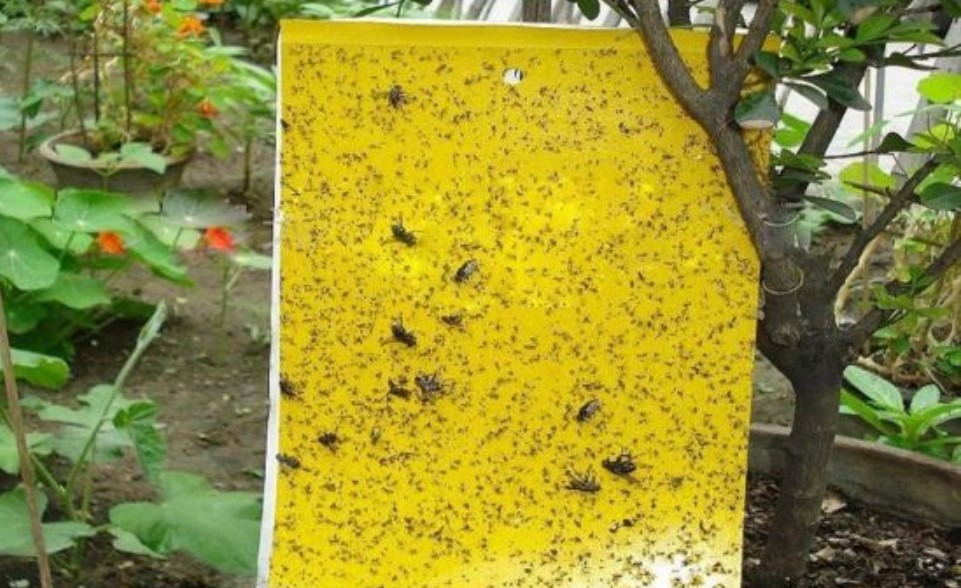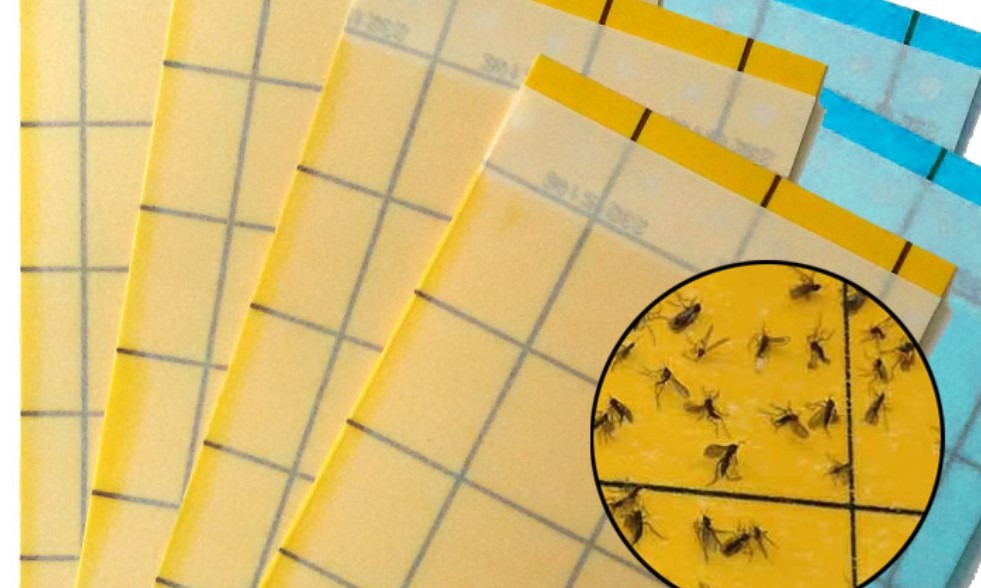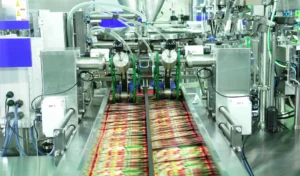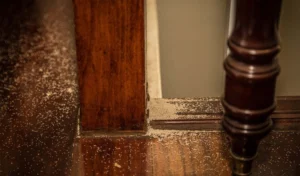Do you have a problem with flies? If so, you’re not alone. Flies can be a real nuisance, and they can also spread disease. Traditional methods of fly control, like using insecticides or fly swatters, can be expensive and ineffective. But there is a perfect solution that is both cheap and effective: fly sticky traps. They work by attracting the flies to the adhesive surface where they become stuck. So if you want to get rid of those pesky flies once and for all, try buying some fly sticky traps!
Monitoring pests with sticky traps is a standard greenhouse practice that may assist lower pest management costs when used in conjunction with plant checks. Sticky traps are utilized to identify adult insect pests found in a greenhouse, including as whiteflies, thrips, fungus gnats, shore flies, and leafminers. Adult parasitoids released in biological control programs can also be detected using sticky traps.

Sticky traps are ineffective for capturing immature stages that frequently cause crop damage. Spider mites, scales, and mealybugs are generally missed by sticky traps. Only winged aphids are caught, and winged forms do not commonly appear until pest populations are large. To verify the presence of economically damaging pest infestations, sticky traps must be used in conjunction with visual plant inspections.
Benefits of Fly Sticky Traps
Sticky traps are useful for detecting and monitoring crawling insects at any time of the day or night, and as such are often used by professionals to enhance their ability to detect pests during pest control inspections. Night-time pests can be detected with sticky traps. They also help keep track of where the pests are moving and how to prevent the pests from establishing nests.
There are several more benefits to using fly sticky traps in monitoring programs. Sticky traps can provide an early indication of insect presence long before plant damage is observed, suggesting that producers should perform more visual inspections. When pests are discovered in a crop, slower-acting control methods that are more ecologically beneficial and safe for personnel may be used.
Sticky traps are also useful for detecting hot spots in greenhouses and documenting migration patterns when set near doors and vents.
Installing and Replacing Fly Sticky Traps
The number of traps required depends on a variety of factors, including the target pest. Unless otherwise specified, use at least one sticky trap for every 10,000 square feet of developing area. The appearance of Whiteflies is usually preceded by the development of a few isolated infestations. To obtain a precise idea of insect activity, place traps within the cropping area, particularly in sensitive cultivars. Remove the brush and point out each trap on the ground. Each trap should be positioned just above the crop canopy and raised as needed.
When monitoring pests like fungus gnats emerging from the substrate, some experts recommend inverting traps horizontally. The most insects will be caught in a trap that is oriented vertically with the longest part extending downwards.
Check all of your traps every day. Replace sticky traps after inspection, unless otherwise stated. Reusing traps does save money, but counting insects on reused traps is more time-consuming.

Because traps collect insects and become coated with them, they should not be left up for extended periods. The traps can also be placed in a more comfortable location for counting, which may help with more accurate identification.
Sticky traps are a very effective way to catch insects. They can be used for a variety of purposes including pest control. There are several benefits to using sticky traps, including the fact that they are cheap and easy to use. Sticky traps can be used for a variety of purposes, including catching insects, monitoring the presence of pests, and controlling pests. They can be used indoors or outdoors.
Conclusion
If you’re looking for a non-toxic way to get rid of flies, consider using fly sticky traps. They may not be as effective as other pest control methods, but they are a good option if you want to avoid using chemicals in your home.



